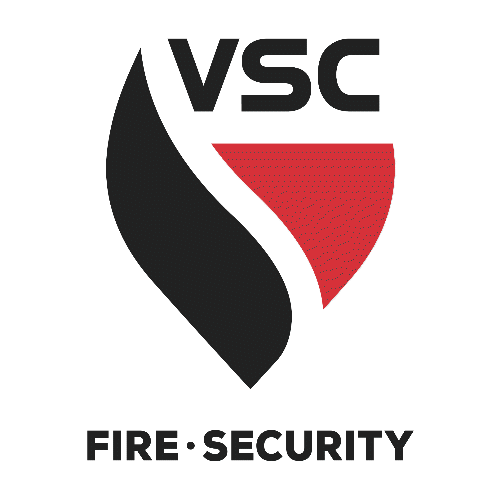Stop Work Order for Electrically Controlled Fire Pumps
HAZARD:
Due to the extreme hazard created by opening the door on any energized controller for motor-driven fire pumps, VSC F&S employees are to stop taking voltage and amperage readings on any controller not equipped with an external voltage and amperage meter.

Reasons for the decision:
The simple operation of a controller disconnect switch does not de-energize the controller. Therefore, an Arc Flash
shock hazard still exists with all controllers.
- There is absolutely no practical way to determine the hazard classification by looking at the controller, location, size of facility or size of the driver. This makes proper selection of PPE impossible.
- NFPA 25 4.9.6 (2014) states “Legally required precautions shall be taken when testing or maintaining electrical controllers for motor-driven pumps”. Similar language has existed in the standard since 2002.
- Legally required precautions are defined as those that meet OSHA 1910 and NFPA 70E requirements. Those precautions require that a controller be properly labeled as to its hazard level before it can be ‘worked on’ in an energized state. This evaluation is to be conducted by the equipment’s owner.
- For testing purposes only: it cannot be proven that these readings are necessary to evaluate the performance of the pump. They are necessary for trouble shooting a possible electrical condition, which is outside the inspector’s scope.
- Certain members of the NFPA 25 committee are working to get those provisions requiring the opening of an enclosure door while energized removed from the standard through an Emergency Interim Amendment due to the unreasonable nature of this hazard.
- A study conducted by Duke University of the 10 electric drive fire pump installations on their campus revealed that only 2 fell below the 40 cal/cm2 as required for energized work. Per NFPA 70E no work is to be conducted on energized equipment at a hazard classification above 40 cal/cm2. Of the 2 controllers that fell below that rating, only 1 fell into the hazard class protected by our issued PPE. 6 of the 10 hazards were extreme to say the least.
